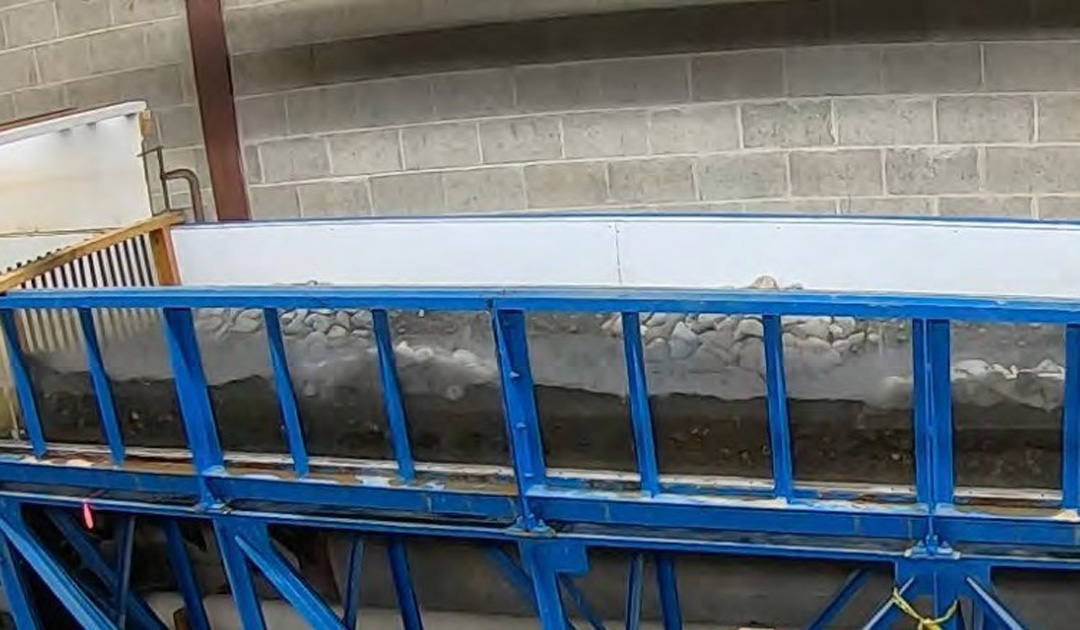Fish populations have decreased in the Puget Sound area in part because fish barriers such as culverts have limited the ability of fish to swim upstream to reach their food supplies and spawning grounds. This project looked at better ways to maintain a common replacement for traditional culverts, stream simulation culverts.
The goal of stream simulation culverts is to devise channel dimensions and characteristics through a road-stream crossing that are so similar to those in the natural channel that fish will experience no greater difficulty moving through the structure than if the crossing did not exist. Toward that end, stream simulation culverts incorporate a sediment lining that provides an environment more conducive to fish movement. However, while streambed design must balance ecosystem and engineering factors, little guidance exists on how to maximize the lifespan of the simulated streambed while preserving the overall channel shape, including a channel that will maximize fish passage at low water flow.
To determine the most effective ways to maintain a channel in a simulated streambed, this research investigated the incorporation of material such as bands of sediment made of coarse material, called coarse bands, and point bars constructed of coarse material, called boulder bars, into a simulated streambed.
The investigation conducted scaled laboratory experiments in a flume. First, the researchers examined whether coarse bands and boulder bars could stabilize a channel without eliminating the transportation of sediment. Three characteristics were tested: coarse material size, number of coarse bands, and the spacing between coarse bands/boulder bars.
They also investigated the relationships between the number and spacing of coarse bands/boulder bars and channel stabilization. Experimental streambeds were subjected to one-, two-and-a-half-, five-, and ten-year flood frequency events. The researchers quantified sediment transport after each flood event by using cross-section profiles and analyzed it in terms of the net change for each cross-section.
Thirty coarse band configurations were tested with variable numbers of coarse bands, amounts of spacing, and stream slope relative to a uniform streambed (without coarse bands). Four boulder bar configurations were also tested. The research showed that nearly linear, coarse bands that fully spanned the channel reduced sediment transport by up to 54 to 58 percent at streambed slopes of 2 to 4 percent, depending on differences in the geometry of the coarse bands at each slope. Alternating boulder bars that covered half the channel, spaced one channel width apart, reduced sediment transport by 33 to 57 percent at slope beds of 2 to 4 percent, and the transport patterns were different than those exhibited with the linear designs.
These tests showed that even minimal additions of coarse bands reduced sediment transport in U-shaped channel cross-sections and generally maintained the channel shape to provide a low-flow channel. Coarse band/bars used with larger bed slopes required larger material and an armoring layer downstream to prevent destabilization or failure.
Authors:
Nicholas Engdahl
Tyler Fouty
Bailee Kelty
WSU Department of Civil and Environmental Engineering
Sponsor: WSDOT
WSDOT Technical Monitor: Julie Heilman
WSDOT Project Manager: Jon Peterson

